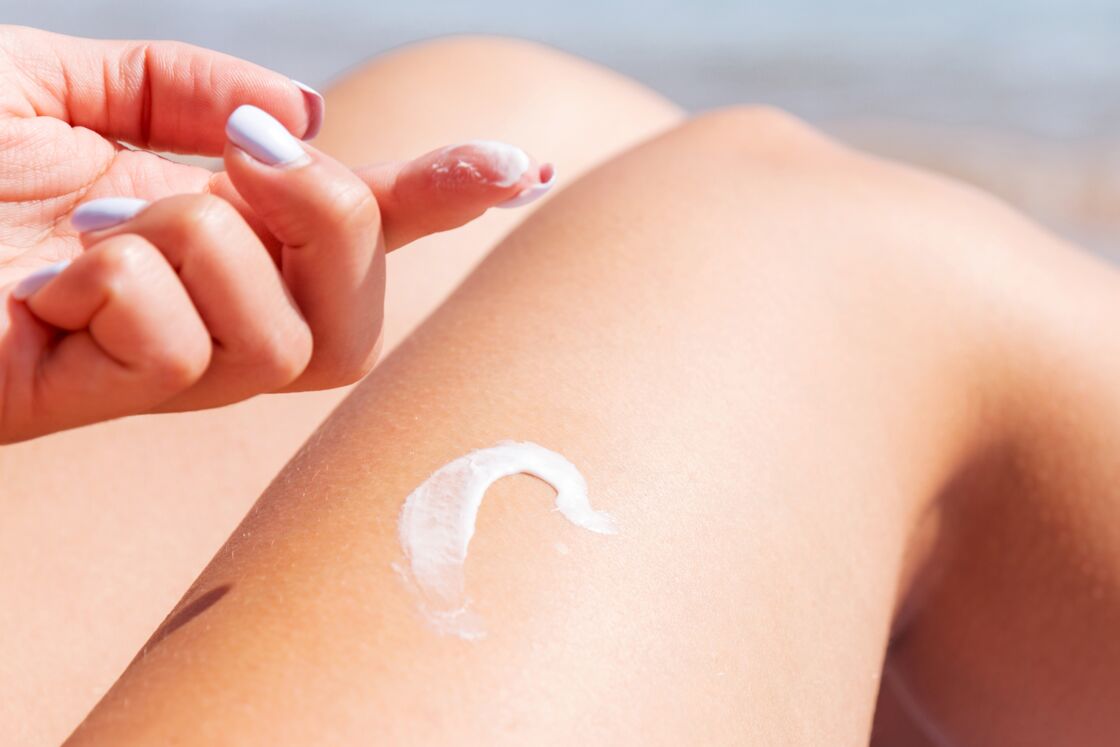Chafing occurs when skin rubs together, causing redness, irritation, and discomfort.
Chafed skin is most commonly found on the inner thighs, armpits, buttocks, groin, and even the nipples. Occasionally, chafed skin can get so inflamed that doctors refer to it as friction burn.
Whether you’re chafing legs or your armpits, this article is here to help. Here are five essential home remedies that can help relieve the pain and discomfort associated with chafed skin.
Home Remedies
It is critical not to ignore chafed skin. If left untreated, inflamed, moisture-laden skin can develop into a skin infection.
The first step in treating chafed skin is to cleanse the affected region with a mild body wash and warm water. Pat your skin dry and allow the abraded area to air out for a few minutes before using one of the home remedies listed below.
Aloe Vera
Aloe Vera has been used for ages as a medicinal plant. The clear gel inside its leaves has been used to soothe and cure burned skin and other surface wounds. It may also aid in the relief of chafed skin.
If you have an aloe plant at home, cut off a leaf, squeeze out the gel, and apply it to your skin. Aloe vera leaves are also available at some natural food stores.
If you can’t find aloe leaves or don’t want to extract them, you can always purchase them from a drugstore or online.
Petroleum Jelly
Applying petroleum jelly to chafed skin can help soothe it, as the British Journal Of Sports Medicine found.
Petroleum jelly may help avoid chafing in your legs and other parts, because it offers a slick surface and is not readily absorbed into the skin.
Creams containing zinc oxide are also good at reducing chafing and blocking moisture.
Coconut Oil
According to research, coconut oil can reduce inflammation, aid in wound healing, and destroy bacteria on the skin. Apply a small amount of coconut oil to any areas of chafed skin to help soothe it. Although coconut oil can help cure raw, irritated skin, it may not last long on the skin. So keep that in mind.
Cornstarch
Cornstarch can absorb excess moisture from the skin and relieve irritation. It can also give the skin a smooth, silky texture, which may help prevent further friction and irritation. It also can be used as a substitute for talcum powders, which have been linked to cancer in the past.
Shea Butter
Shea butter is a fatty acid-rich moisturiser that may soften and nourish the skin. It also possesses anti-inflammatory effects, which can aid in skin healing, according to a study.
Final Notes
A common problem caused by repeated friction against the skin, chafing can cause your skin to break down and produce redness, inflammation, and severe discomfort.
Hopefully, this article has guided you through the numerous home remedies available for chafed skin, whether you’re experiencing chafing in legs or in other parts of the body.
Topical corticosteroid creams, as well as aloe vera, coconut oil, shea butter, cornstarch, zinc oxide, and petroleum jelly, can help soothe chafed skin. If your chafed skin doesn’t improve with home remedies or over-the-counter medicines, see your doctor ASAP.

